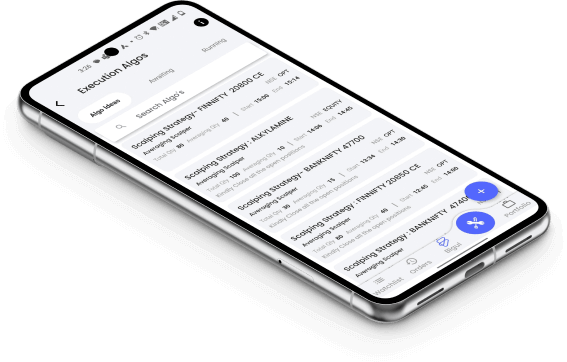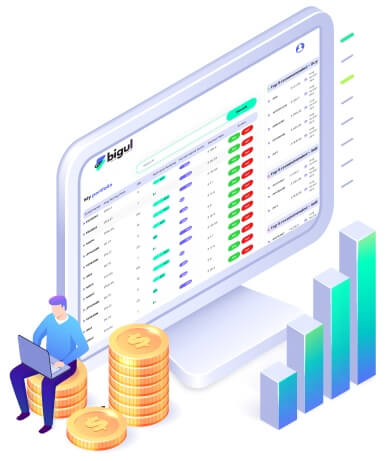The Put Call Ratio plays a crucial role in options trading for several reasons:
1. Sentiment Indicator
The put-call ratio shows how investors feel about the market. When it's high, people are pessimistic, buying more put options because they expect prices to fall. A low ratio means they're optimistic, buying more call options, anticipating prices to rise.
So, it's like a mood indicator for the market. If it's very high, it might mean people are too worried, suggesting a potential buying opportunity. And if it's very low, it could mean people are too confident, signaling a possible downturn.
2. Contrarian Indicator
The Put Call Ratio serves as a contrarian indicator in options trading. When it reaches extreme levels—high or low—it often signals a potential market reversal.
For instance, a high PCR, indicating widespread bearish sentiment, may suggest the market is oversold and due for an upturn. On the other hand, a low PCR, indicating excessive bullishness, may signal an impending correction.
By recognizing these extremes, you can anticipate market shifts and make informed trading decisions to capitalize on potential reversals.
3. Support and Resistance Levels
Changes in the Put Call Ratio can help identify support and resistance levels for an asset. A significant increase in the ratio at a specific price level suggests strong resistance, as more traders buy puts to hedge against potential price declines.
On the other hand, a decrease in the ratio at a certain level may indicate support, as fewer traders are buying puts, potentially signaling a floor for the asset's price.
Understanding these levels can assist traders in making informed decisions about entry and exit points.
4. Options Market Activity
Monitoring the Put Call Ratio helps you manage risk in options trading. If the ratio indicates high bearish sentiment, it suggests increased market risk. In response, you can adjust your strategies by hedging against potential downside or reducing exposure to volatile assets.
This proactive approach helps protect your investments from adverse market movements and allows you to make more informed decisions about when to enter or exit trades.
Overall, using the Put Call Ratio as a risk management tool enhances your trading strategy.
5. Confirmation Tool
As an options trader, the Put Call Ratio serves as a confirmation tool for technical analysis signals. For instance, if a signal suggests a bullish trend reversal but the Put Call Ratio remains high, it indicates potential short-lived reversal.
This prompts caution before entering a new position, as the market sentiment may still be bearish.
By using the Put Call Ratio alongside other indicators, you can make more informed decisions and better manage your trading risks.















